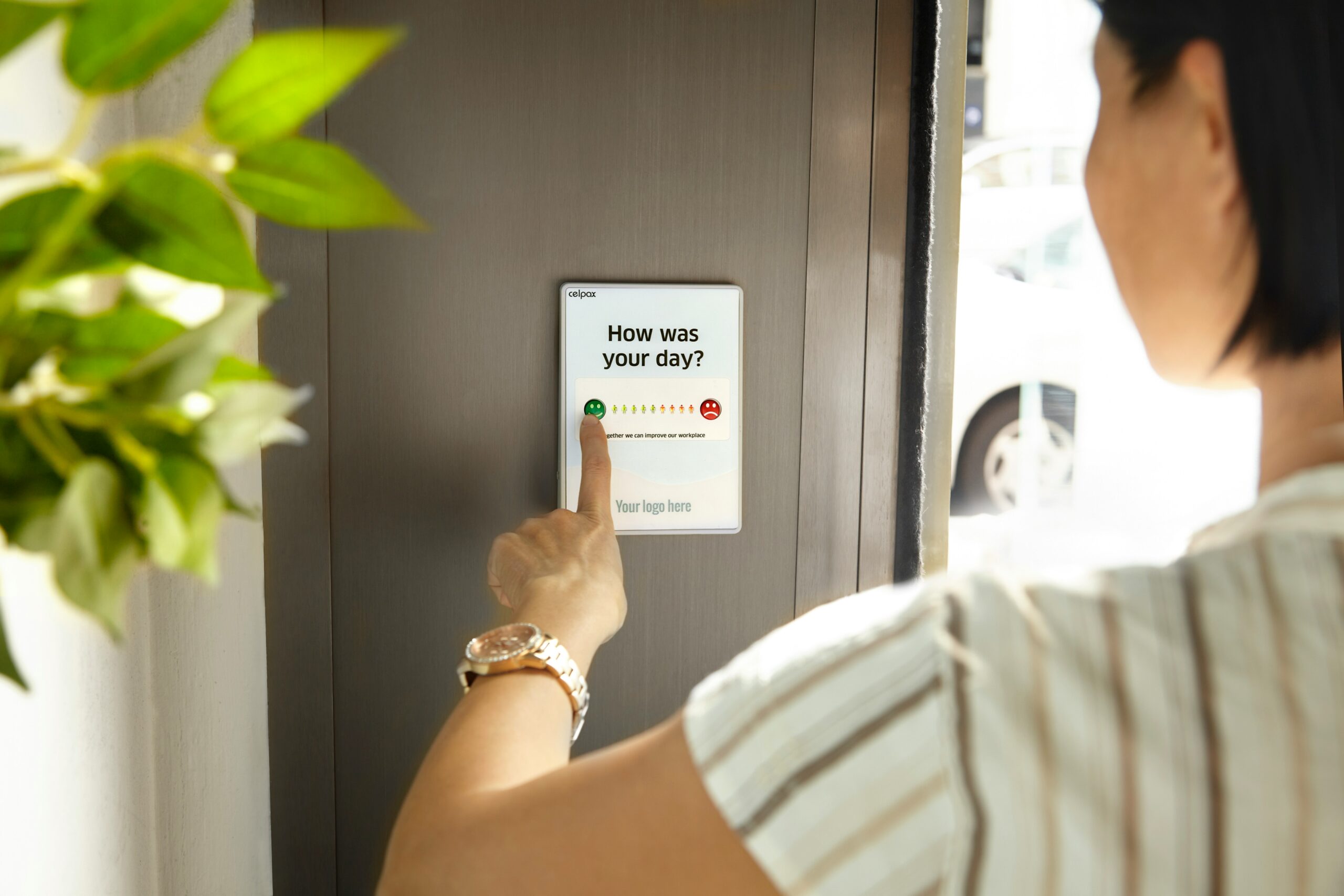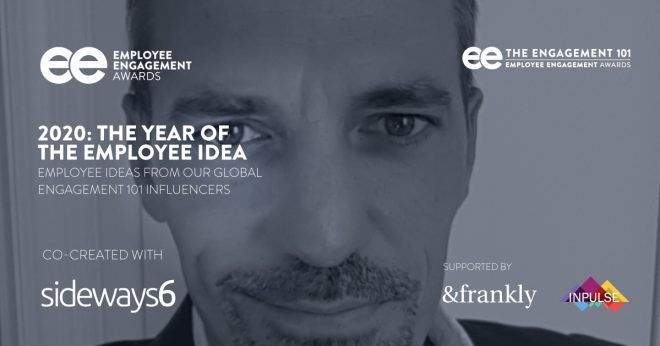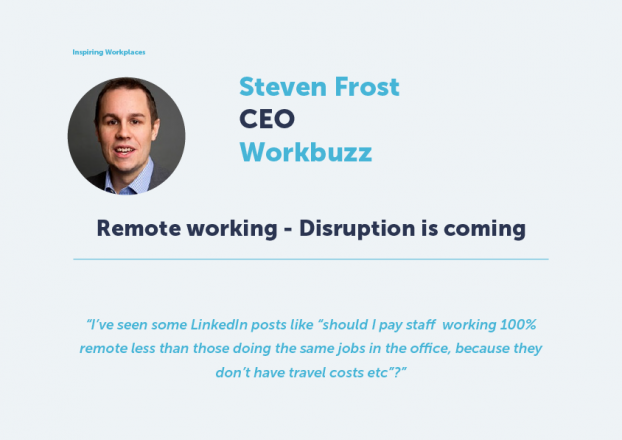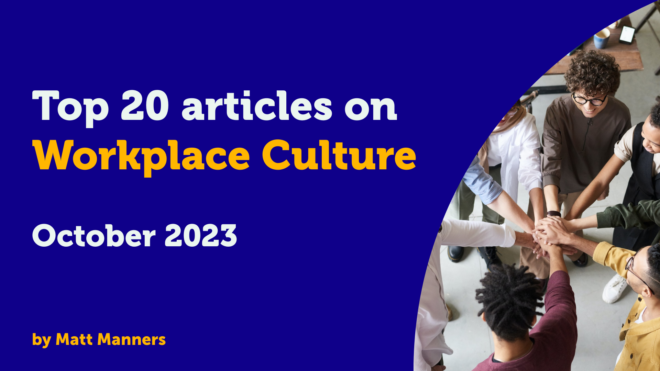
29th May 2024
Increasing Engagement at Work: The New Rules

Employee engagement is at an 11-year low, particularly affecting younger and remote or hybrid workers. Engagement correlates with productivity, retention, and wellbeing. Proximity, presence, performance, pizza, and purpose are identified as key drivers. Creating intentional experiences, especially in hybrid work setups, fosters engagement, benefiting both individuals and organizations.
This original article was written by Tracy Brower, PhD, and published in Forbes.
Engagement levels have plummeted to an 11-year low, particularly among younger workers and those in remote or hybrid setups.
This metric is pivotal, impacting productivity, retention, customer service, safety, work quality, and profitability.
Moreover, engagement correlates with enhanced personal experiences, fostering health, esteem, fulfillment, and happiness among employees.
Concerning Statistics
Data paints a stark picture: only 30% of individuals report high engagement, while 17% admit to being actively disengaged—the lowest figure in 11 years, as per Gallup.
The impact is most pronounced on individuals under 35, with Gen Zs (aged 27 or younger) bearing the brunt. Those working remotely or in hybrid arrangements are disproportionately affected, according to Gallup’s findings.
As work dynamics evolve—shifting in terms of location, timing, and methods—engagement becomes more challenging. Employee expectations have risen, necessitating a corresponding shift in leadership approaches. This involves fostering intentional experiences while delivering results and managing heightened levels of emotional labor.
The Emergence of New Engagement Principles
In addition to traditional engagement strategies, such as facilitating growth opportunities and nurturing meaningful relationships, several new rules for engagement have emerged.
Proximity
In today’s landscape, marked by hybrid and remote work, proximity plays a pivotal role in fostering engagement. It involves creating a sense of closeness, familiarity, and connection—both literal and figurative.
Individuals exhibit a cognitive bias towards familiarity and recency, favoring people and experiences they encounter frequently. This bias influences engagement, as stronger connections lead to greater engagement.
Organizations can enhance proximity by establishing clear guidelines for in-office presence and facilitating coordination among team members. Additionally, fostering social bonds through shared activities and affinity groups promotes a sense of closeness and collaboration.
Presence and Attention
Amidst constant distractions, offering undivided attention during interactions is crucial for fostering positive relationships, motivation, and engagement. Leaders who prioritize presence and accessibility build trust, while teams benefit from shared energy and increased productivity.
Tuning into employees’ needs, asking questions, and providing timely support are essential for cultivating engagement.
Performance
Creating an environment conducive to high performance is key to driving engagement. Employees thrive when their work aligns with their skills and challenges them to grow.
Top-performing companies emphasize flexibility combined with accountability, providing coaching to support employees’ performance.
Pizza
While seemingly trivial, communal dining fosters community, trust, and happiness—key drivers of engagement. Offering amenities that support well-being energizes employees, leading to increased motivation and productivity.
Purpose
Articulating a compelling purpose inspires deeper engagement and drives various organizational benefits, from growth to employee well-being.
Leaders who embody purpose cultivate happier, more productive employees, leading to organizational success and individual fulfillment.
In Conclusion
Boosting engagement requires intentional investment in people, encompassing various aspects of the employee experience—from proximity and presence to performance and purpose. By prioritizing these elements, organizations can foster a culture of engagement that drives success and well-being.
Read the original article: The New Rules For Increasing Engagement At Work
The Inspiring Workplaces Awards are open!
3 ways to be Recognised: Organisations, Individuals and Vendors.





